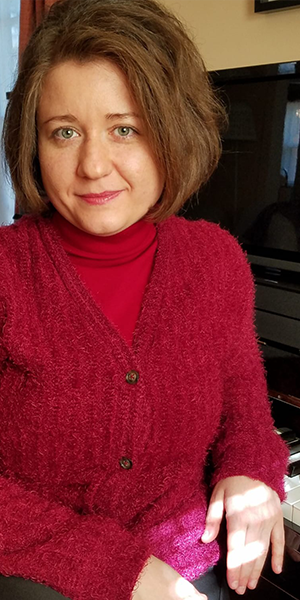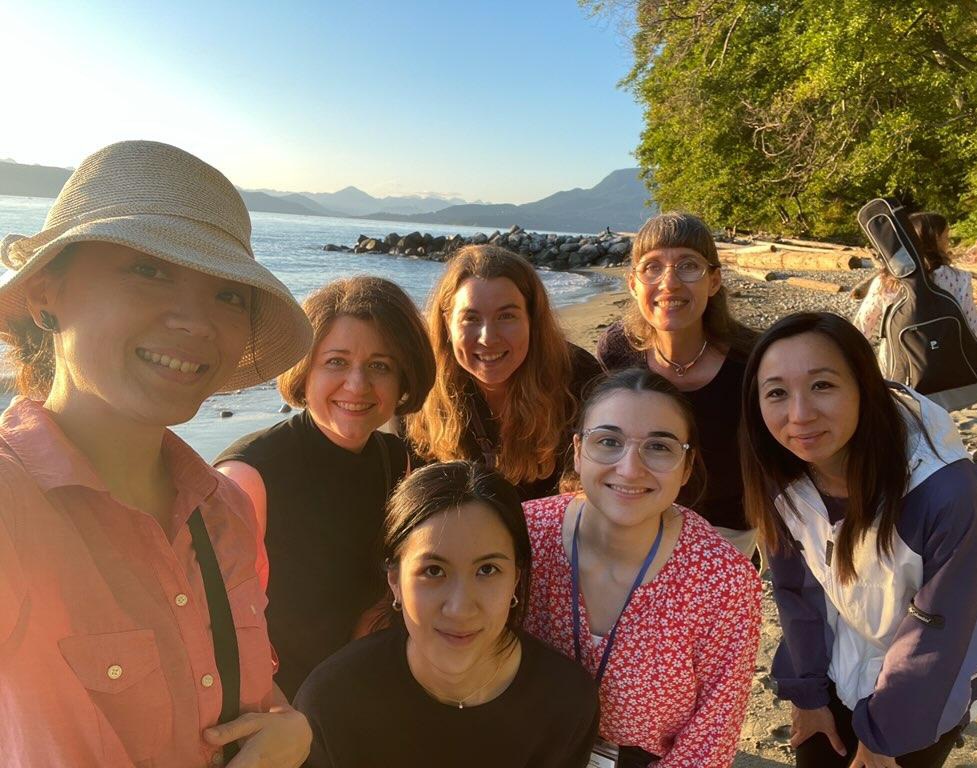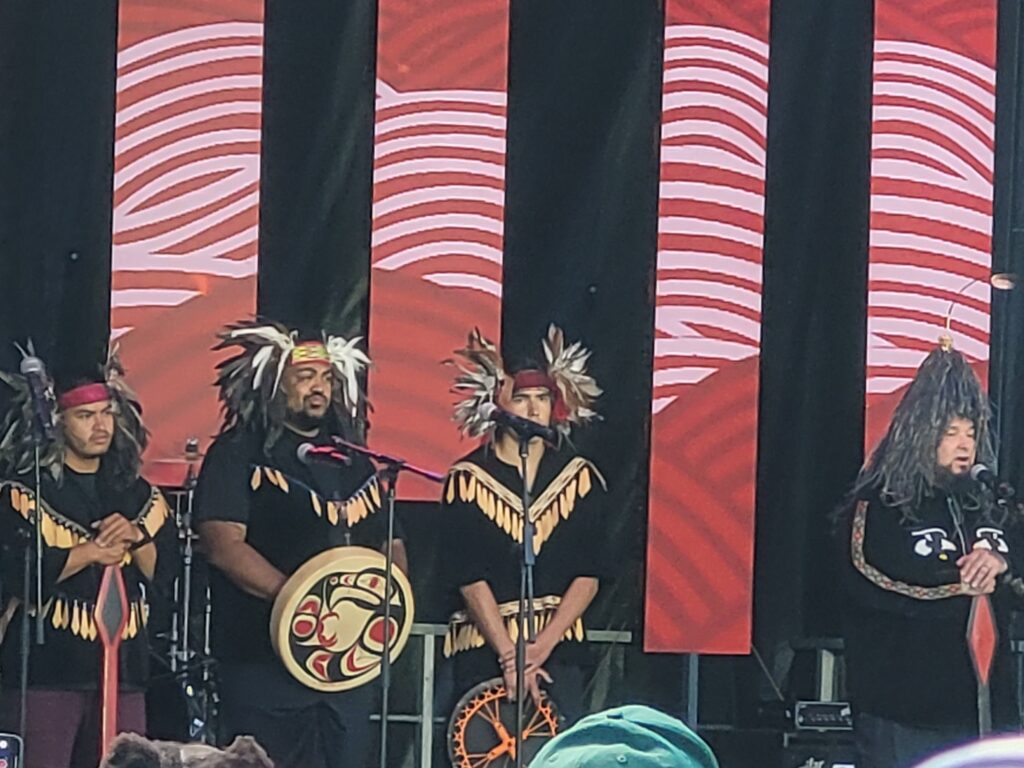
Introducing our Academy Piano Area Coordinator, Dr. Radina Dosseva! The Area Coordinators provide a central connection for Academy faculty and staff with all private lesson studios at the Academy. They are experienced teachers and music professionals who serve as a resource, colleague, and leader within their instrumental area. We asked Dr. Dosseva her thoughts on becoming the first piano area coordinator.
“I feel very grateful to be serving as Piano Area Coordinator at the Mason Community Arts Academy this year. This position has given me the opportunity to interact with my colleagues more frequently and to share new ideas and opportunities with them. I’m excited to see what we will accomplish as we put our collective minds together.”
Dr. Radina Dosseva
1) What is your earliest music memory?
I have two music memories from my childhood that had a lasting effect on me. The first is of my mom singing me to sleep with beautiful Bulgarian folk songs. The second memory is of my dancing to the rhythm of the music as my older sister practiced the piano.
2) What do you like most about playing your instrument?
What I like most about playing the piano are all the unique and emotion-inducing sounds that this all-in-one instrument can produce. Its gentle timbre allows me to become completely absorbed in the music for hours at a time. I also really enjoy playing prima domra (a type of mandolin) with a folk orchestra in the area because it encourages me to listen carefully to my fellow musicians, which leads to a more unified ensemble sound.
3) What is one of your hobbies or interests outside of music?
One of my interests outside of music is learning about foreign languages, cultures, and customs. In addition to Bulgarian and English, I also studied Spanish, some Japanese and Italian, and a little Korean. I love to read books and watch movies in foreign languages to help me practice my skills.
4) What has been a highlight of teaching at the Academy?
A highlight of teaching at the Academy has been the incredibly supportive staff. They help foster an environment that inspires creativity, encourages collaboration, and allows teachers the freedom to share new ideas and make decisions that benefit their students. I love working with everyone at the Academy – we are like a big family that always has each other’s backs.
5) How do you prepare yourself to have a productive practice session?
Before I begin any practice session, I make sure that there are as few distractions around me as possible. I can concentrate better when I have a quiet environment to work in. Next, I look over the music carefully and set practice goals that I can achieve within the time that I have available for practice.







